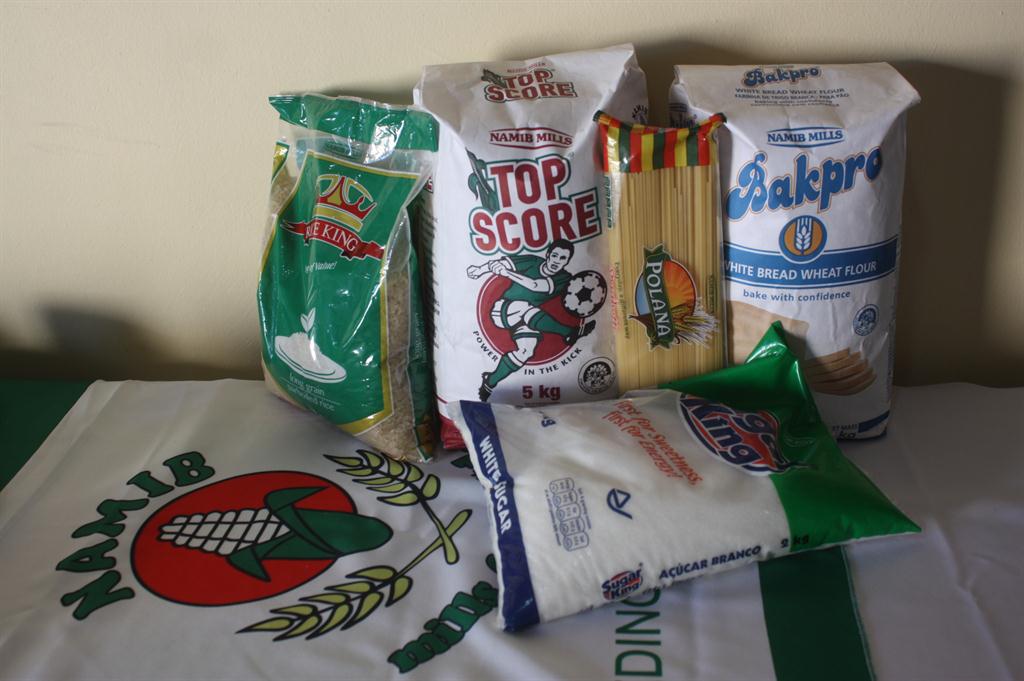Drawing lessons from the retail charter
There were initially six pillars to the local retail charter: local sourcing; marketing and feasibility; enterprise development; consumer protection; transparency procedures and corporate social investment.
OGONE TLHAGE
Namibia’s Retail Charter was launched in March 2016 to provide support to the government’s Growth at Home strategy.
According to Namibia Trade Forum CEO Roberth Simon, it fulfils the directive of the Fourth National Development Plan (NDP4), which aims to increase shelf space given to locally manufactured goods by 20%.
“The charter’s work was advanced over a three-year period,” Simon explains.
The charter’s first scorecard was implemented after 2016 to measure its successes.
There were initially six pillars: local sourcing; marketing and feasibility; enterprise development; consumer protection; transparency procedures and corporate social investment.
“The first results for the charter came out in the middle of 2018. The results were not as anticipated. The results pointed out a need for a review,” says Simon.
As a result of the evaluation, three pillars were removed from the scorecard.
“We were advised to remove three pillars, with local sourcing, corporate social responsibility and enterprise development remaining on the list. Retailers were engaged to see which pillars needed to be adjusted. We should have a detailed report on its successes,” he says.
Although the charter is voluntary at this stage, a lack of take-up may lead to a situation where the government may have to compel retailers to adopt the charter.
“The ministry of industrialisation may have to introduce legislation. The charter is only implemented by retailers on a voluntary basis. By the end of the year, we will have a good idea about its roll-out,” Simon says.
As part of efforts to make the charter work, a supplier development programme is being implemented, Simon further explains.
“This programme is intended to pilot the development of capabilities of the Namibian manufactures to supply South African retailers. The first phase of the programme has been concluded; which was benchmarking assessments of six Namibian manufacturers. Phase two is in process; a concept note on the recommendations will be finalised this month for implementation,” Simon says.
From the work of the retail charter it was evident that Namibia needs its own independent GS1-accredited barcode centre, as that would enable a national identity for Namibian goods.
“Namibia has been reliant on South Africa’s GS1-accredited barcode centre for its barcode requirements,” Simon points out.
Namibia’s Retail Charter was launched in March 2016 to provide support to the government’s Growth at Home strategy.
According to Namibia Trade Forum CEO Roberth Simon, it fulfils the directive of the Fourth National Development Plan (NDP4), which aims to increase shelf space given to locally manufactured goods by 20%.
“The charter’s work was advanced over a three-year period,” Simon explains.
The charter’s first scorecard was implemented after 2016 to measure its successes.
There were initially six pillars: local sourcing; marketing and feasibility; enterprise development; consumer protection; transparency procedures and corporate social investment.
“The first results for the charter came out in the middle of 2018. The results were not as anticipated. The results pointed out a need for a review,” says Simon.
As a result of the evaluation, three pillars were removed from the scorecard.
“We were advised to remove three pillars, with local sourcing, corporate social responsibility and enterprise development remaining on the list. Retailers were engaged to see which pillars needed to be adjusted. We should have a detailed report on its successes,” he says.
Although the charter is voluntary at this stage, a lack of take-up may lead to a situation where the government may have to compel retailers to adopt the charter.
“The ministry of industrialisation may have to introduce legislation. The charter is only implemented by retailers on a voluntary basis. By the end of the year, we will have a good idea about its roll-out,” Simon says.
As part of efforts to make the charter work, a supplier development programme is being implemented, Simon further explains.
“This programme is intended to pilot the development of capabilities of the Namibian manufactures to supply South African retailers. The first phase of the programme has been concluded; which was benchmarking assessments of six Namibian manufacturers. Phase two is in process; a concept note on the recommendations will be finalised this month for implementation,” Simon says.
From the work of the retail charter it was evident that Namibia needs its own independent GS1-accredited barcode centre, as that would enable a national identity for Namibian goods.
“Namibia has been reliant on South Africa’s GS1-accredited barcode centre for its barcode requirements,” Simon points out.





Comments
Namibian Sun
No comments have been left on this article